Figurines of a Chinesewoman and a Chineseman
Painted ceramic figurines, dating from the 19th century, made in southern China for export. They show the costume of the upper class in China at the time of the last – Qing – Dynasty. The 30-cm tall woman wears the traditional clothing of the upper class. Peeking out from under her robe is a tiny red shoe (much smaller than those on the male figure), which probably represents the traditionally bound “lotus” feet. Foot-binding was common among Chinese women, but not among women of other ethnic groups, i.e. Manchu women, who belonged to the Qing dynasty that ruled at that time. The male figure is 32 cm tall. He is an official at the imperial court wearing a typical winter headdress and a long robe decorated with a dragon motif mangpao 蟒袍. In his right hand he holds a snuff bottle. A distinctive feature of the figures are their heads, which are made separately. They are placed on a thin horizontal axis at the nape of the neck and provided with a long ... more
Painted ceramic figurines, dating from the 19th century, made in southern China for export. They show the costume of the upper class in China at the time of the last – Qing – Dynasty. The 30-cm tall woman wears the traditional clothing of the upper class. Peeking out from under her robe is a tiny red shoe (much smaller than those on the male figure), which probably represents the traditionally bound “lotus” feet. Foot-binding was common among Chinese women, but not among women of other ethnic groups, i.e. Manchu women, who belonged to the Qing dynasty that ruled at that time. The male figure is 32 cm tall. He is an official at the imperial court wearing a typical winter headdress and a long robe decorated with a dragon motif mangpao 蟒袍. In his right hand he holds a snuff bottle. A distinctive feature of the figures are their heads, which are made separately. They are placed on a thin horizontal axis at the nape of the neck and provided with a long weight that protrudes into the body. When touched, the head swings and the figure “nods”. (RK)
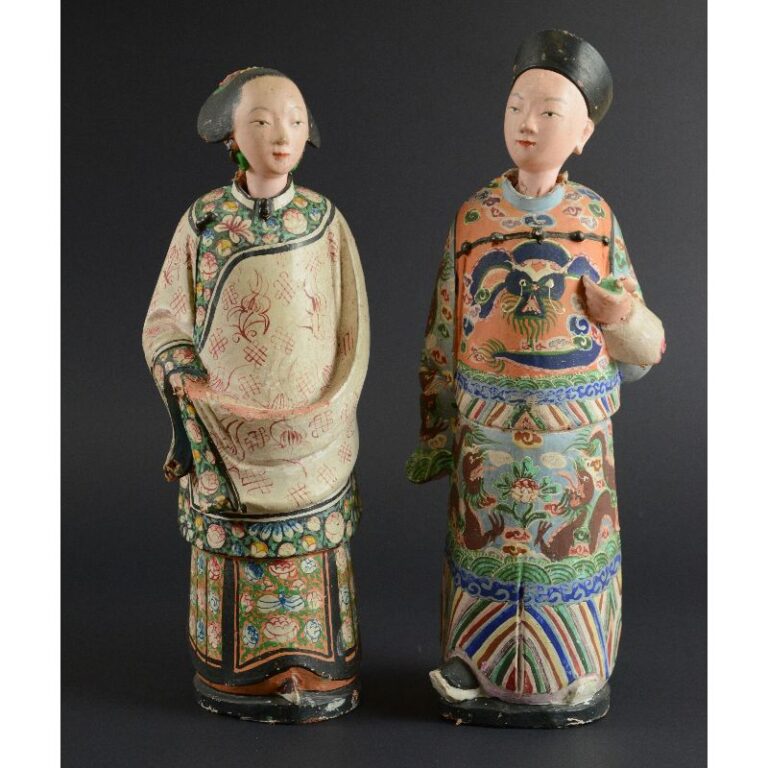









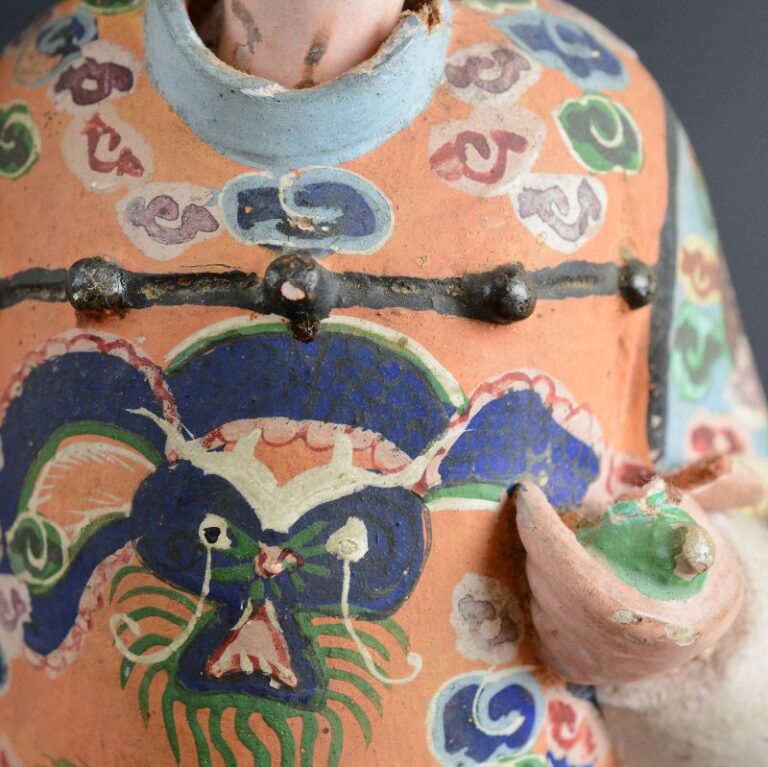

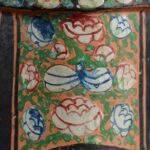


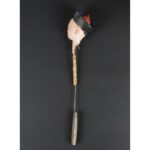







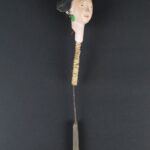

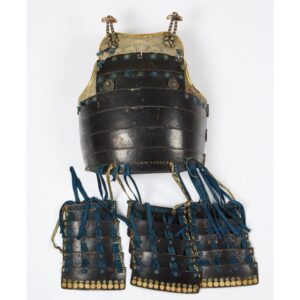















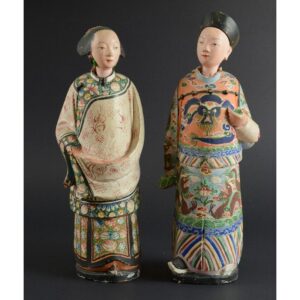
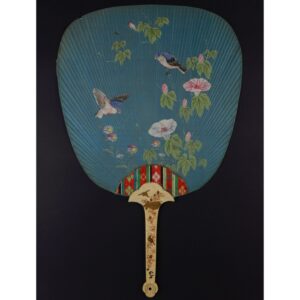
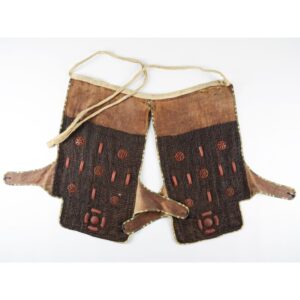










Do you have a comment or additional information about the subject?